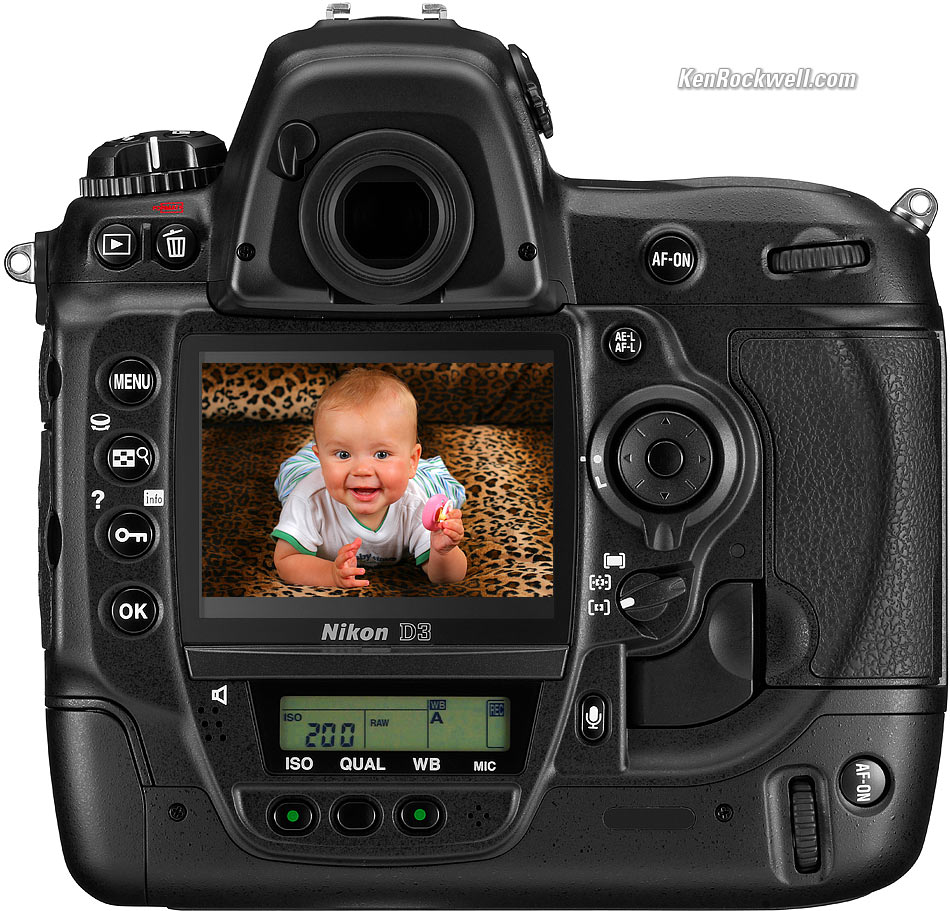
Reminiscing the days we used to run de_dust 24/7 on BitchBot.net
My dad once said that if I spent as much time studying as I did looking for love, my grades would be a lot better.
Yeah, that was high school.
Since then I've held odd jobs and odder hobbies. But looking back at my previous experiences I can identify where I acquired each of the skill sets I now use to run what you know as LUCIMA.
In late 1999, I started playing a game called Counter-Strike. A first-player shooter built off of Valve's Half-Life physics engine, Counter-Strike was IMHO the first rampantly played multiplayer FPS (I think even before Team Fortress became popular... well at least it overtook Team Fortress quickly!). Considering that it was a mod of Half-Life is truly impressive. Basically 2 guys (Gooseman and Cliffe) in a garage modifying the Valve code into a different framework that had a different set of objectives, weaponry, and scenarios. Originally a free download on top of the Half-Life game, Counter-Strike was eventually sold to Valve (for probably a substantial amount of money) and sold directly via Valve as a standalone game.




